The Independent's journalism is supported by our readers. When you purchase through links on our site, we may earn commission.
Torshavn city guide: Where to eat, drink, shop and stay in the Faroe Islands capital
Fairytale clapboard huts, curious culture and experimental 17-course menus make the Faroese capital one of the most unusual short-haul city breaks out there, writes Chloe Cann
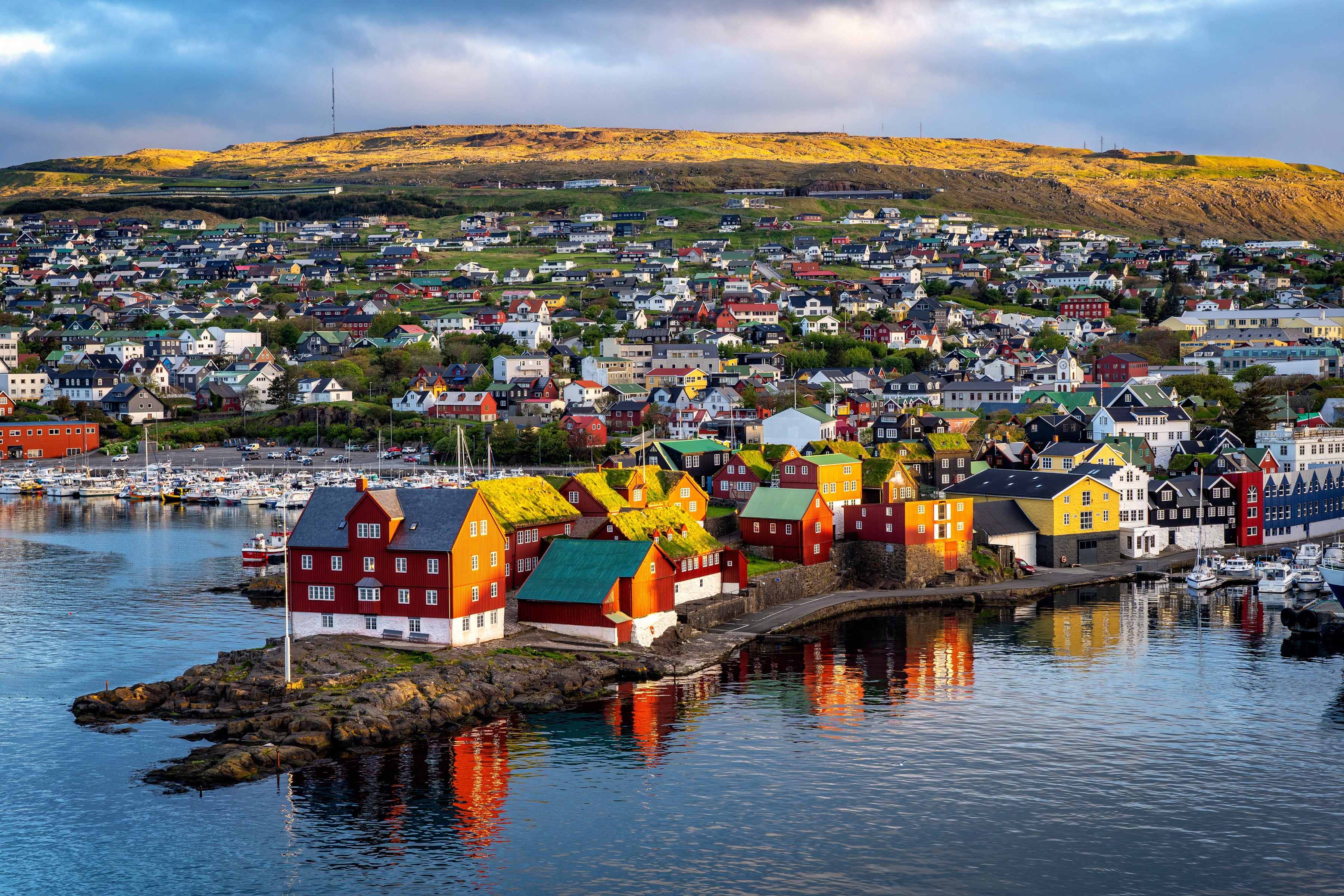
Your support helps us to tell the story
From reproductive rights to climate change to Big Tech, The Independent is on the ground when the story is developing. Whether it's investigating the financials of Elon Musk's pro-Trump PAC or producing our latest documentary, 'The A Word', which shines a light on the American women fighting for reproductive rights, we know how important it is to parse out the facts from the messaging.
At such a critical moment in US history, we need reporters on the ground. Your donation allows us to keep sending journalists to speak to both sides of the story.
The Independent is trusted by Americans across the entire political spectrum. And unlike many other quality news outlets, we choose not to lock Americans out of our reporting and analysis with paywalls. We believe quality journalism should be available to everyone, paid for by those who can afford it.
Your support makes all the difference.Gunning for the title of Europe’s quaintest and most relaxed capital, Torshavn is deliciously devoid of the trappings of tourism. Here, the tallest building stands just five floors high, the resident population numbers a teeny 21,000, locals rarely bother locking their doors, and you’ll struggle to find a cafe open before 9am.
Long overshadowed by its Nordic neighbours, this storied, compact city has little in the way of obvious attractions. But among the offbeat-travel crowd, that is precisely the attraction.
While the Faroese capital will never tempt the city-break crowds of Prague or Paris, it’s most certainly an emerging destination, with tourism to the islands spiking some 10 per cent in recent years.
What to do
Explore an ancient parliament
The cobbled lanes of Tinganes – among the three oldest parliamentary meeting places in the world – are ludicrously charming. Sitting on a rocky outcrop that juts into the city’s harbour, the foundations of the site are said to date back to AD825. Visitors are free to wander freely around the turf-roofed maroon buildings, which still house a branch of local government.
Peek into one of the world’s oldest houses
It’s not strictly within the city limits, but Roykstovan in Kirkjuboargardur is well worth the trip. A 10-minute drive from central Torshavn, this farmhouse-turned-museum has been in the same family for 17 generations and is believed to be the oldest still-inhabited wooden house on the globe. Entry into the creaky, 11th-century property, brimful of antique curiosities, is by donation.
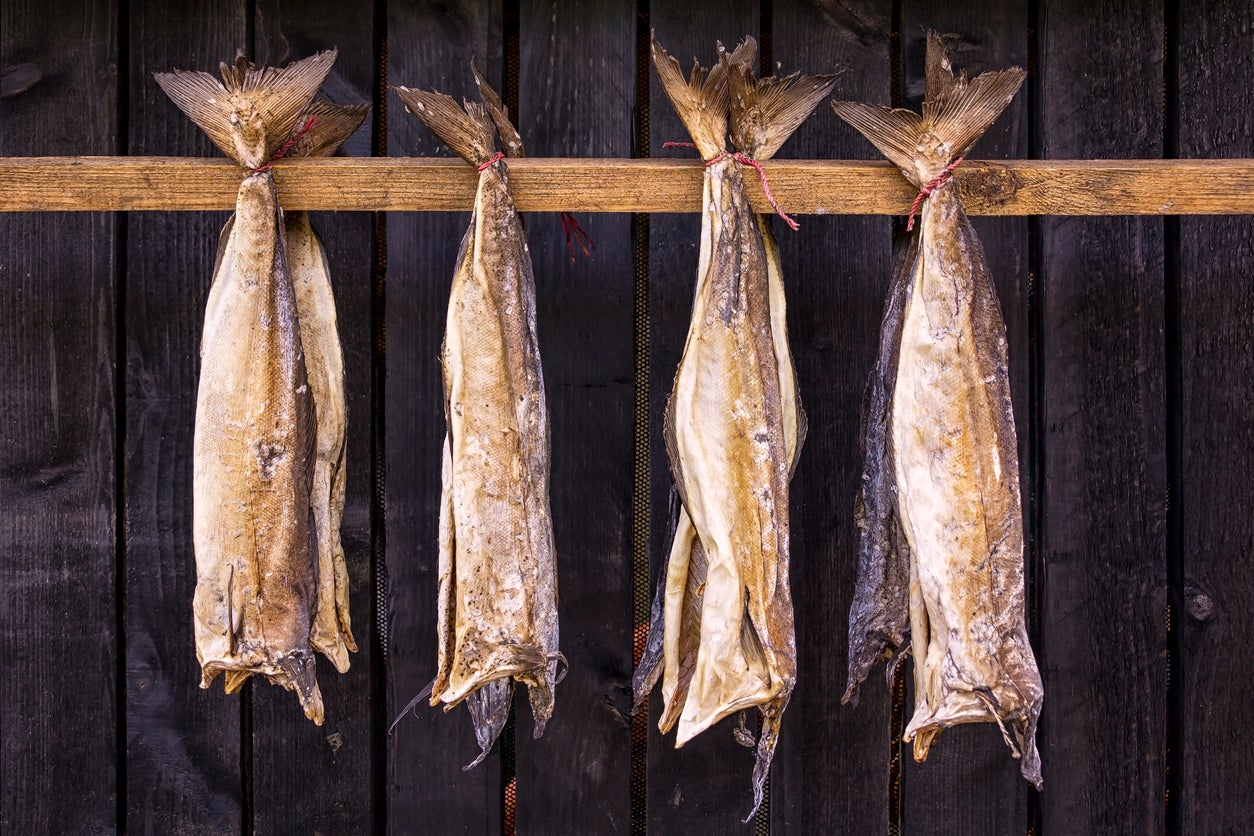
Tap into its art tradition
Set within a rare pocket of greenery, the minimalist national art gallery, Listasavn Foroya, resembles a neat row of charcoal-grey cabins – and hosts an eclectic collection of works by Faroese artists, as well as the occasional concert. Entry 90kr (£10).
Take a DIY walking tour
Torshavn is awash with interesting monuments and statues – curate your very own walking tour using this map, produced by the local tourism board. Or explore the city’s oldest neighbourhood, Reyn: home to a cluster of chocolate-box houses built in the 16th and 17th centuries, it’s small in size, but you could easily lose an hour snapping pictures of the clapboard cottages with their frilly lace curtains and turf roofs.
Where to stay
Arguably the only true boutique option in the Faroe Islands, Havgrim Seaside Hotel has just 14 petite rooms, all decorated in a serene palette of blues and white to mirror the sea and sky. The property is powered solely by geothermal energy and the owners have preserved many original features of this 1940s house. Doubles from 2,000kr (£240), B&B.
Enjoying a plum spot in central Torshavn, 62N Guesthouse (not to be confused with the more upmarket 62N Hotel) is also one of the cheapest options in town. It’s function before form here, with spartan rooms but a thoroughly decent breakfast spread. Doubles from 745kr (£86), B&B.
A four-star hotel with stellar views over the city, Hotel Foroyar is perfect for those who’ve hired a car, or are happy to use local taxis, as it’s a two-mile, 45-minute walk from the city centre. While rooms err on the side of corporate, they are comfortable, bright and airy. Doubles from 1,500kr (£172), B&B.
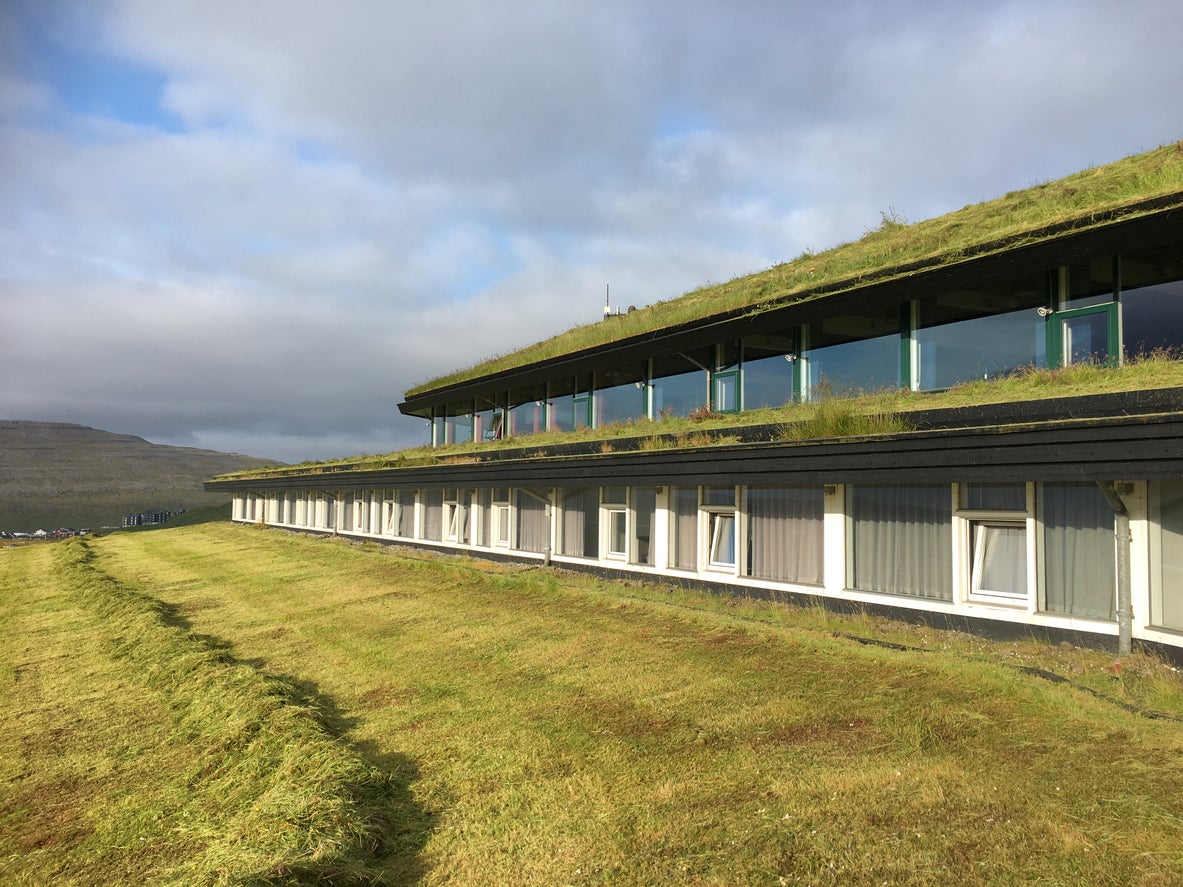
Where to eat
Torshavn’s dining scene has bloomed in recent years. Practically a national icon, two-Michelin-starred Koks is still the leader of the pack: its wildly experimental 17-course tasting menu zeroes in on native produce and otherwise-ignored odds and ends. Only the adventurous, organised and moneyed eater need apply, however – the menu costs 1,900kr (£219) per person, and reservations are typically needed months in advance.
For a taste of Faroese cuisine without the designer price tag, hit Raest, the only restaurant outside of Japan dedicated to fermented food. Set within an impossibly cosy timber house with tables lit by candles, all of the local hits are showcased here – from skerpikjot (ruby red morsels of wind-dried mutton) to tvost (ink-black furls of dried pilot whale meat) and the stringy white meat of wind-dried fish.
In a country where you’re never more than three miles from the ocean, seafood is, naturally, king. Gorge on the freshest of fish and crustaceans at Etika, the country’s sole sushi restaurant, which is housed within a slick, minimalist space.
A number of the capital’s new eateries are taking culinary and design cues from Nordic neighbour, and official sovereign, Denmark. Bitin is a case in point, proffering smorrebrod (Danish open-face sandwiches) piled precariously high with golden fillets of haddock, rosy pink shrimps, lettuce leaves and tiny matchsticks of potato. The restaurant interior is a feast for the eyes too, a mid-century modern meets Art Deco dream, all sage green, tan leather banquettes and timber panelling.
Equal parts culinary adventure and cultural insight, heimablidni, or ‘home hospitality’, is the local answer to a supper club. Offering the chance to dine on home-cooked fare – not to mention break bread with the Faroese in their own homes – this is an opportunity you shouldn’t miss.
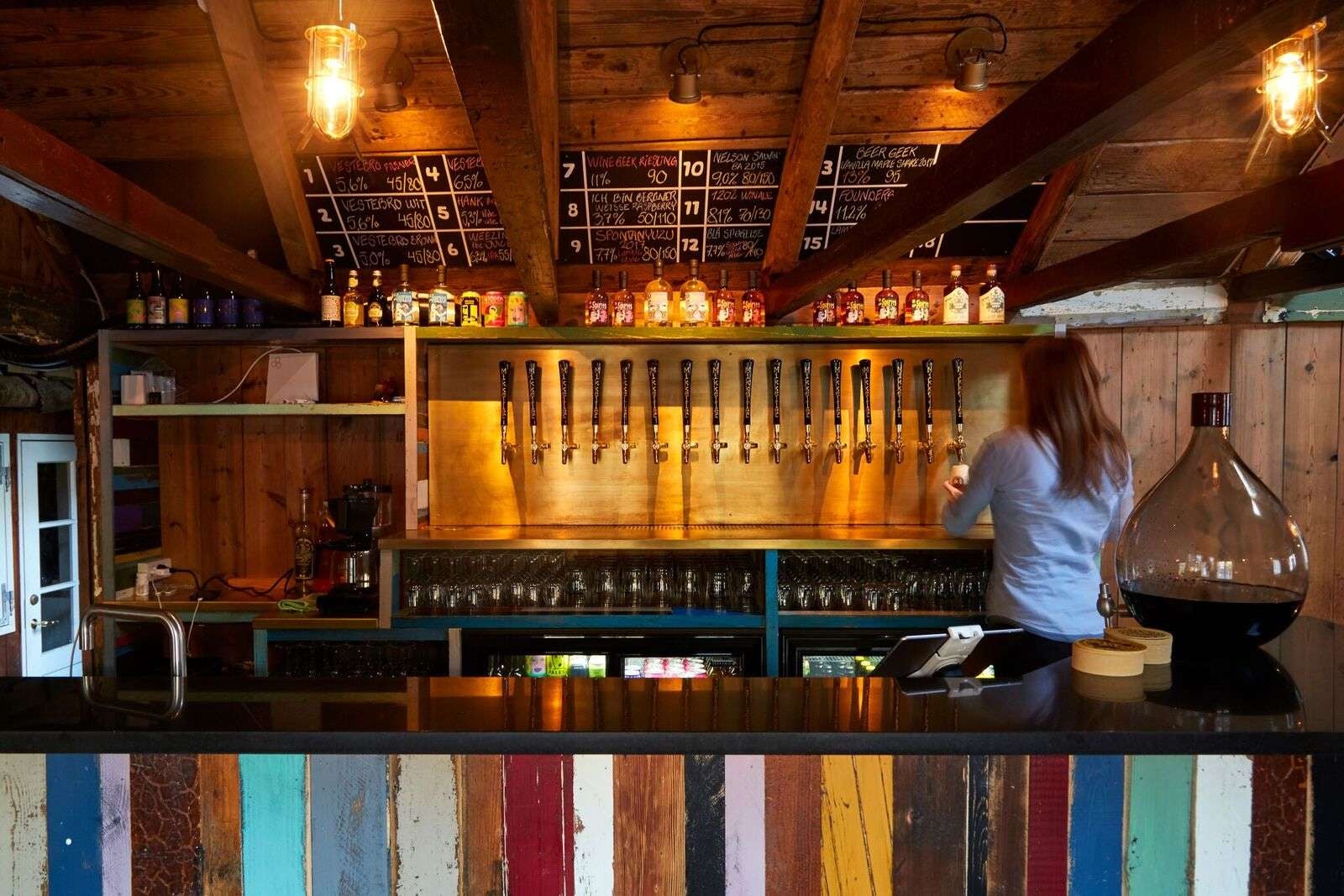
Where to drink
Open since late 2017, Danish microbrewery Mikkeller promises a rotating roster of craft beers from its 16 taps. Settle into one of the snug corners of this 500-year-old wooden house and sink a sour from one of the brewery’s signature long-stem glasses. Should hunger strike, you can also order a select few dishes from the popular fish house next door.
Paname Cafe is home base for Torshavn’s caffeine enthusiasts, serving strong flat whites and even stronger local beers, plus natural French wines. Attached to the oldest bookstore in the country, the cafe has a courtyard at the back for when the sun (infrequently) makes an appearance; during more typical Faroese weather, watch the world go by from one of the large street-facing windows.
Where to shop
The local abundance of wool (there are 70,000 sheep and just 50,000 people on the Faroes) means there’s no shortage of toasty knitwear on sale here. What’s more, the native sheep have been selectively bred, meaning the wool is known to be exceptionally warm and water-resistant.
Gudrun & Gudrun is the foremost local designer, using recycled Faroese wool for its fashion-forward cardigans, dresses and skirts. The company’s designs have even been seen on screen, with Sarah Lund in hit Danish drama The Killing famously sporting their star-patterned jumper. Its hand-knitted collections are made in local homes, as well as Peru and Jordan.
Housing not one but two local fashion designers, who can often be found clicking their knitting needles behind the counter, Ullvoruhusid is a repository of chic wool wares. There are minimalist accessories and homewares on offer, too, featuring materials as diverse as fish leather and seaweed.
Faroese knitwear can be pricey – for knitted goods for slightly less, pay a visit to the obliging staff at Foroya Heimavirkisfelag, which stocks a bounty of casual garb for all ages in almost every colour.
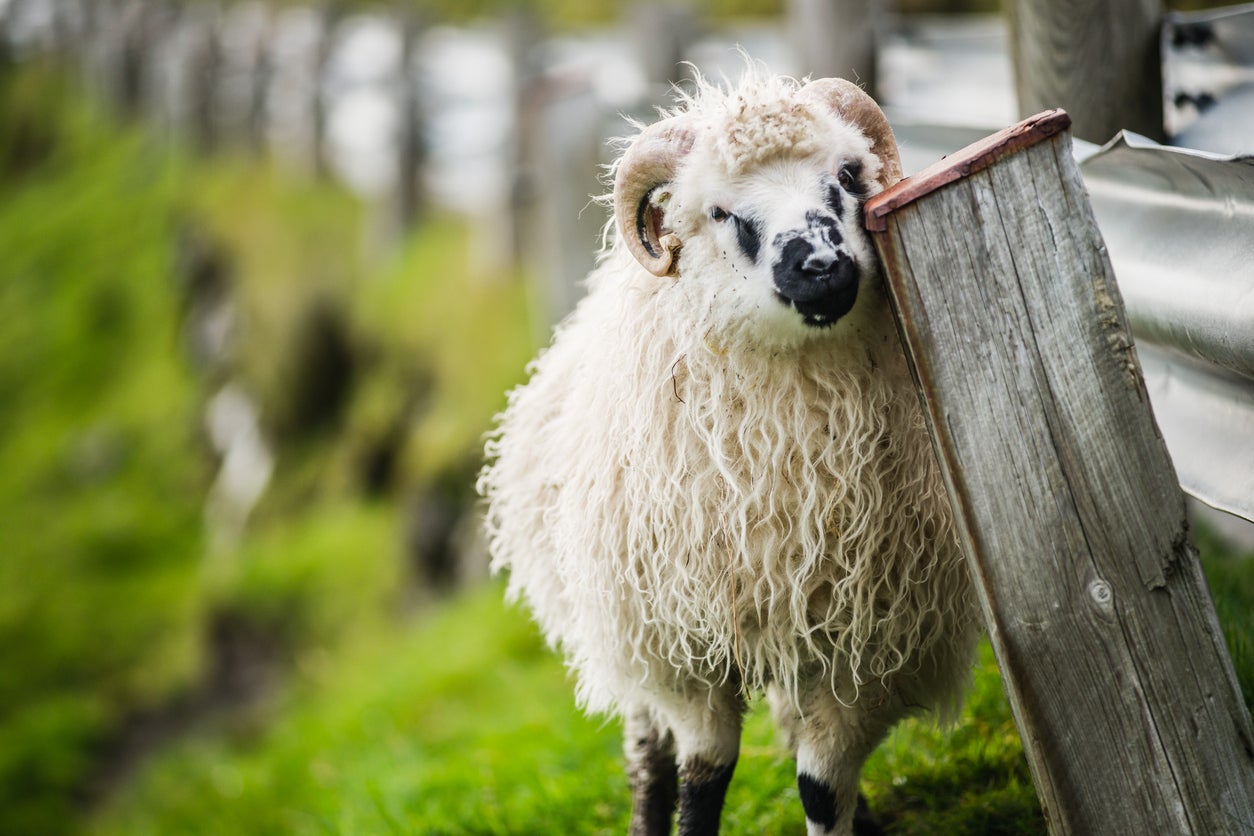
Architectural highlight
While cutesy, spire-topped Torshavn Cathedral is the most famous local house of worship, Vesturkirkjan, or ‘The West Church’, is more visually striking, its stark, angular contours dominating the cityscape.
Nuts and bolts
What currency do they use?
Danish krone (kr).
What language do they speak?
Faroese and Danish, but English is widely spoken.
How much should I tip?
Tipping is not common practice, nor expected.
What’s the time difference?
GMT+1.
Public transport
Those staying within the city limits needn’t think twice about public transport – everything is walkable in this compact capital. Outside of the city centre there’s a free public bus system called Bussleidin which operates five routes.
What’s the best view?
Take Oyggjarvegur, the old mountain road that leads north out of the city, to soak up panoramic views over Torshavn.
Insider tip?
Elusive burger truck Brioche Pop-up (@brioche_popup on Instagram), is said to serve the best meaty buns in all the Faroe Islands – heck, some say it’s the best burger they’ve had anywhere.
Getting there
Trying to fly less?
You can get to Hirtshals, in the far north of Denmark, entirely by bus and train – then take a ferry onward to Torshavn. Take the Eurostar from London to Rotterdam; a bus from Rotterdam Central bus station to Odense Station in central Denmark; followed by two trains from Odense to Hirtshals. The Norrona ferry, operated by Smyrilline, runs twice a week between Hirtshals and Torshavn during summer, and once a week during winter.
Fine with flying?
Faroese carrier Atlantic Airways flies direct from Edinburgh to Vagar (home to the only airport in the country) twice a week in summer. Or try indirect flights via Copenhagen. The journey from Vagar Airport to Torshavn takes 45 minutes by bus or taxi.
Join our commenting forum
Join thought-provoking conversations, follow other Independent readers and see their replies
Comments